Food Hall Phenomenon Sees Success in Canada Amid Increased Foot Traffic [Feature]
/PHOTO: MARKET & CO
By Craig Patterson
Canadian cities have seen the opening of new food halls over the past couple of years, and many more are expected to follow. Various sources are saying that food halls are seeing success in Canada overall, and are becoming a significant source of foot traffic for shopping centres as well as neighbouring businesses.
Food halls have opened both in downtown cores as well as in suburban shopping centres, and the phenomenon will continue into 2020 and beyond as developers look to increase footfall while seeking new uses for vacant commercial space. It’s part of a bigger trend as landlords seek out food and beverage operators as traditional fashion retailers slowdown in leasing activity.
The Greater Toronto Area appears to have been first to lead the trend, with Montreal and Calgary following soon after. Other regions confirmed for new food halls include Vancouver, Quebec City, Ottawa and Winnipeg, and secondary markets could also follow if the trend continues.
PHOTO: ASSEMBLY CHEF’S HALL VIA FACEBOOK
PHOTO: ASSEMBLY CHEF’S HALL VIA FACEBOOK
PHOTO: ASSEMBLY CHEF’S HALL VIA FACEBOOK
Downtown Toronto is home to several food halls. That includes Assembly Chef’s Hall at 111 Richmond Street, which features concessions for some of the city’s most popular dining establishments, and also features a large outdoor patio area in the warmer months. Assembly Chef’s Hall has been a hit according to landlord Oxford Properties, which continues to open locations downtown as well as in suburban shopping centres. Italian ‘grocerant’ concept Eataly will also open a 50,000 square foot location at Toronto’s Manulife Centre towards the end of this year, which will be the first location of the brand in Canada. ‘The Well’ mega-development on the edge of the city’s Entertainment District will feature a 90,000 square foot ‘market hall’, while Oxford Properties’ recently announced Union Park will also feature a food hall, and there are other examples in the city as well.
Pusateri’s Fine Foods opened a food hall on the lower level of Saks Fifth Avenue’s Canadian flagship at CF Toronto Eaton Centre in November of 2016, and it continues to innovate by adding new dining and food options. Frank Luchetta, President and CEO of Pusateri’s, explained how the downtown food hall came about.
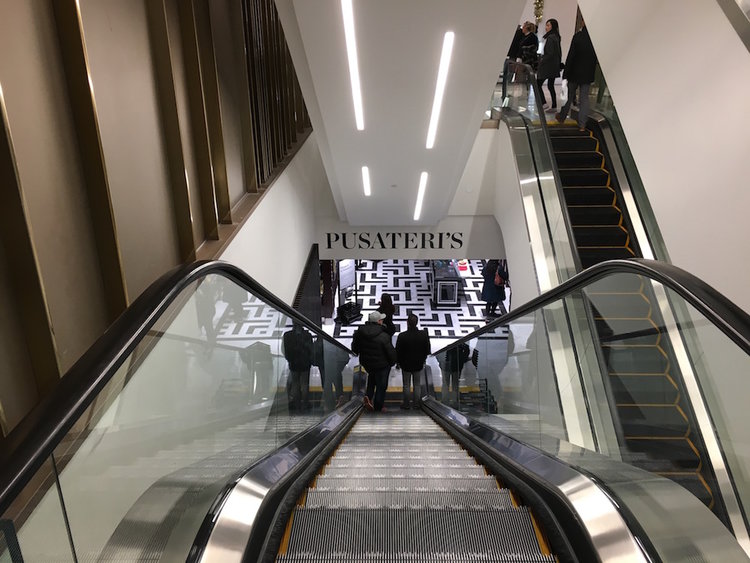
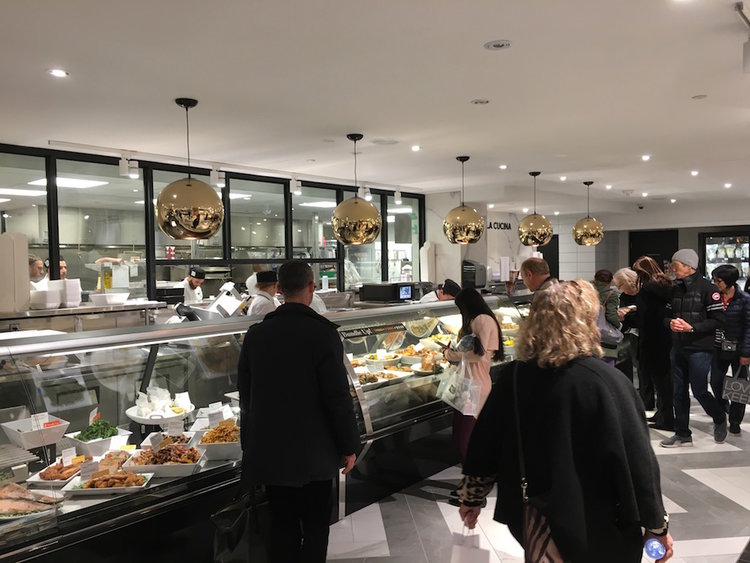

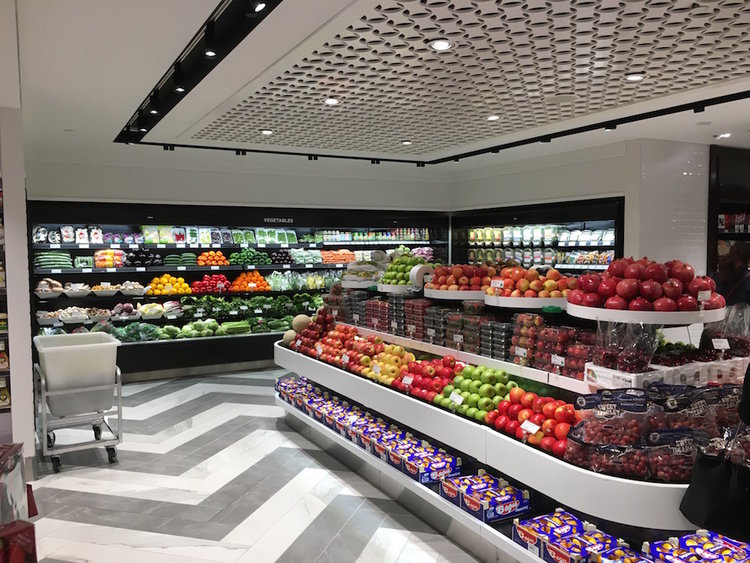
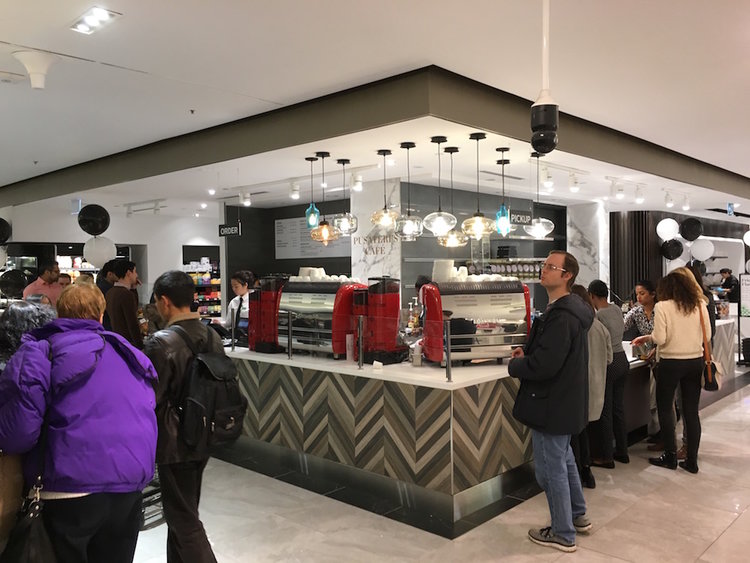
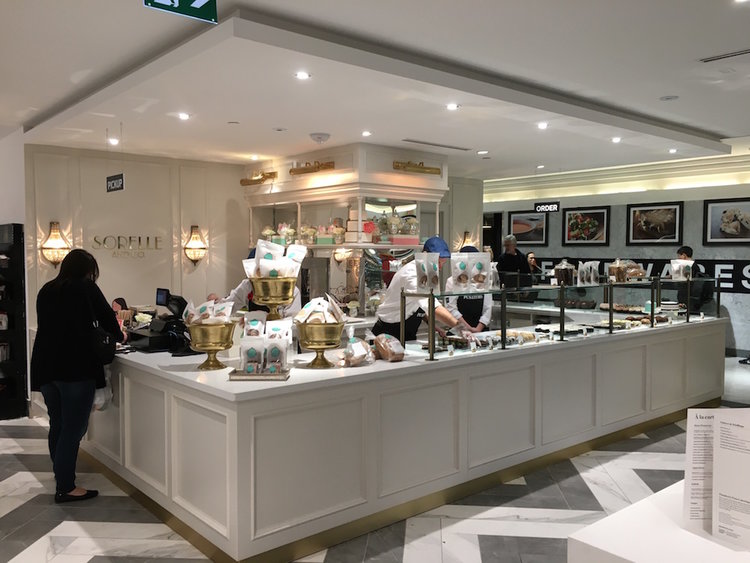
“It started as a dream and we saw the opportunity to do something that wasn’t yet in Canada — a combined luxury retailer and food hall”. Mr. Luchetta says that he called Richard Baker, Governor of the Hudson’s Bay Company, when he discovered that the Saks concept would be coming to Canada. “I told Richard Baker that if he wanted to build the Harrod’s of North America he’d require a food hall, and he got it,” said Mr. Luchetta.
The concept resulted in a hybrid grocery store and food hall in an upscale environment including marble floors and attractive fixtures, housing a wide range of food options as well as dining opportunities. As part of the Saks Fifth Avenue Food Hall by Pusateri’s, concession operators were welcomed to open in the space which sees a whopping 55,000 people pass through on a weekday.
Most recently, family-owned pasta retailer AMA Pastai Italiani opened a restaurant at the downtown Toronto Saks Food Hall, featuring a simple menu of fresh pasta and sauces. AMA also sells pasta for customers to take home and so far, it’s been a hit.






Mr. Luchetta explained that the CF Sherway Gardens Saks food hall, which was the first ever to open in a Saks store in March of 2016, is more of a grocery store though it also features a Champagne bar as well as sit-down options. Mr. Luchetta also revealed that he had at one time been in talks with Saks to open Pusateri’s food halls at Saks Fifth Avenue’s then-new store at Brickell City Centre in Miami as well as eventually in Fort Lauderdale, Boca Raton and Palm Beach. A fire at Pusateri’s flagship store on Avenue Road in Toronto in 2015 became a priority when the store had to be rebuilt. It reopened in November of 2016, a couple weeks after the opening of the downtown Toronto Saks Pusateri’s location.
Landlord Oxford Properties opened Canada’s first two suburban food halls in the Greater Toronto Area, and both are seeing remarkable success. Sales and foot traffic are up as a result, and sales are even up in the mall food courts as well as in full-service restaurants.
Canada’s first suburban food hall, called Market & Co., opened at Upper Canada Mall in Newmarket, north of Toronto, in the fall of 2018. That was followed by the spring 2019 opening of ‘The Food District’ at Square One in Mississauga, which Oxford Properties claims has resulted in increased foot traffic for both shopping centres.
PHOTO: MARKET & CO
PHOTO: MARKET & CO
PHOTO: MARKET & CO
Sherif Masood, Vice President of Retail Asset Management at Oxford Properties, said that both the Upper Canada Mall and Square One shopping centres have seen double-digit increases in foot traffic since the food hall openings. The food halls are also drawing in customers from a wider area and people are also staying longer in the malls and coming more often, he said. It’s been good for local communities as well — residential developers in Mississauga, for example, have touted the Food District as being a nearby amenity.
Greg Taylor, General Manager of Square One in Mississauga, said that the Food District had seen more than 600,000 visitors since its opening in April of this year. Foot traffic is up in the centre as well, and sales in the mall’s food court and restaurants have also seen increases. The addition of the Food District, as well as entertainment concept The Rec Room and new retailers OVO, Morphe and Uniqlo at Square One, resulted in foot traffic increases between 10% and 15% overall, he said.
Keeping things fresh is important as well. To create an experience, the Food District is hosting themed events and last weekend launched its first Night Market. Photographs from the evening indicate that the Food District was very busy. On the same day, Top Chef Canada host, Eden Grinshpan, led an interactive baking demonstration at Square One’s ‘District Kitchen’ located in the Food District.


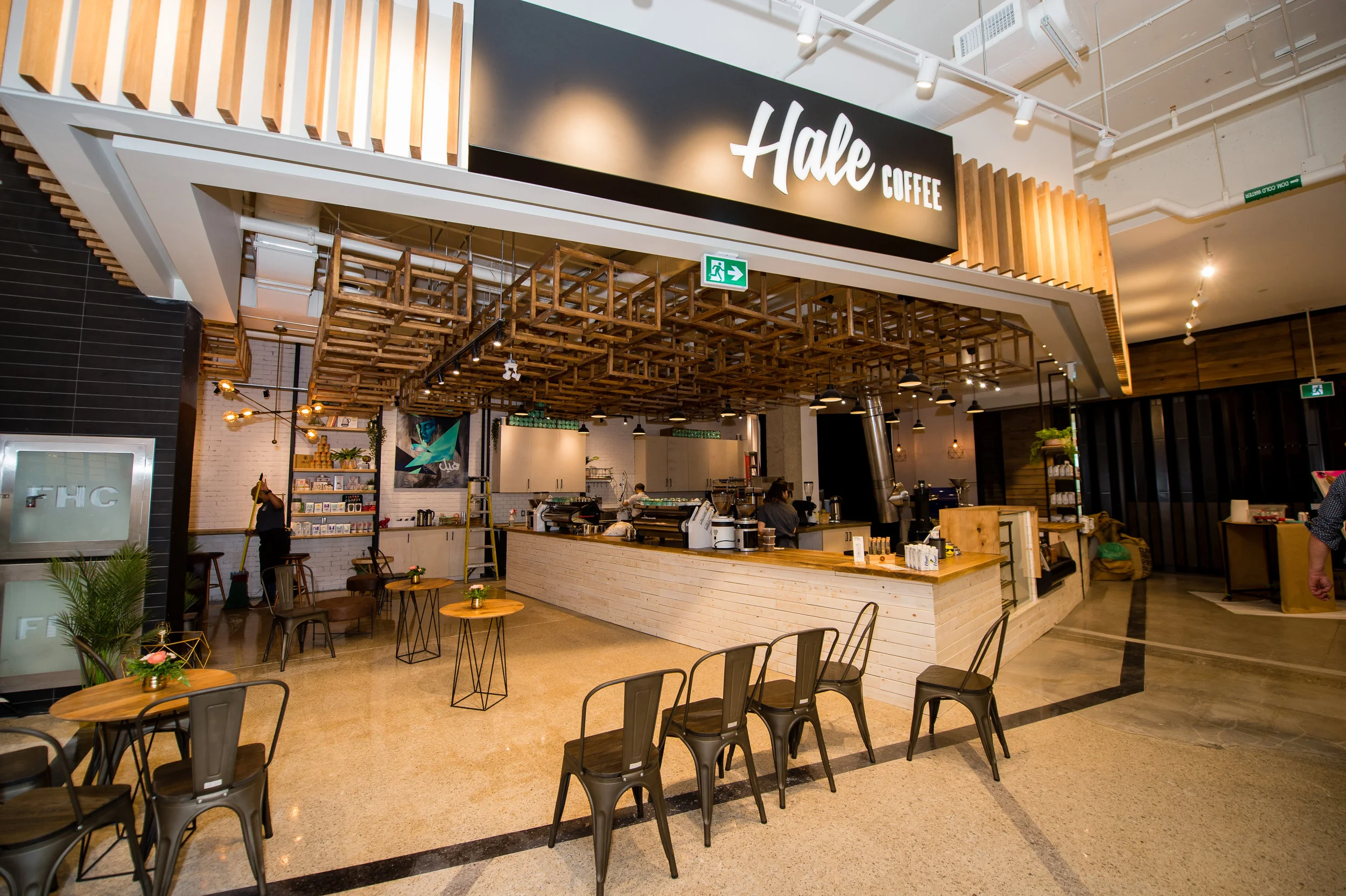
photo: the food district
photo: the food district
photo: the food district
This fall, Oxford Properties will open its third suburban food hall at Galeries de la Capitale in Quebec City that includes a RICARDO restaurant that recently opened. It will be the first such food hall in the Quebec City market, which is one of several Canadian cities to see new food halls being added (we’ll be publishing a separate article about it next week).
In downtown Montreal, landlord Ivanhoé Cambridge is overhauling its retail properties, which will include a Time Out Market at the newly expanded Montreal Eaton Centre as well as a ‘gourmet biergarten’ at the nearby Place Ville Marie. Suburban Montreal will also start to see the opening of food halls. The now under construction Royalmount mega-project, developed by Carbonleo in partnership with L Catterton, will see a new food hall that is expected to debut in the summer of 2022. Cadillac Fairview says that it plans to open a food hall called ‘CF Marché des Promenades’ at the CF Promenades St-Bruno, and plans are also in place for a food hall at CF Fairview Pointe-Claire as part of an expansive development that will create something of a ‘downtown’ for the area. Montreal is already home to some unique food experiences, including Marché Artisans in the downtown core as well as the Jean Talon Market outside the downtown core, among others.
Calgary is home to the Avenida Food Hall & Fresh Market, which is seeing tremendous success despite being in a standalone suburban location. The 22,500 square foot space, located on the city’s south side about a kilometre south of the Southcentre Shopping Centre, features 42 vendors and restaurants with a parking lot that is often near or at capacity.
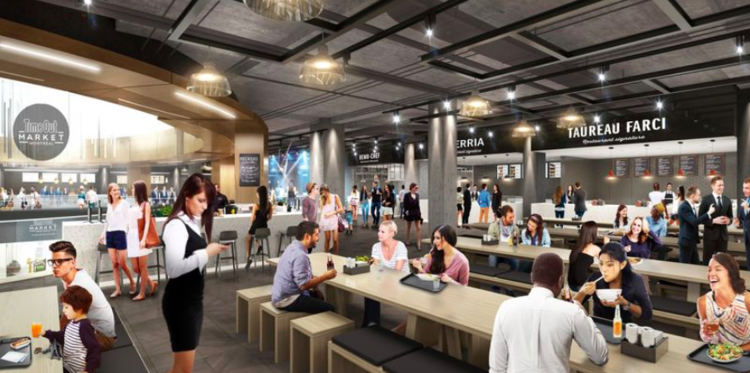

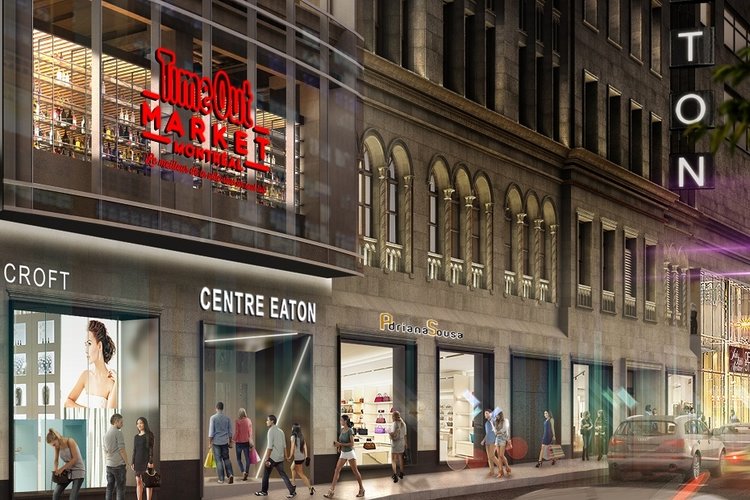
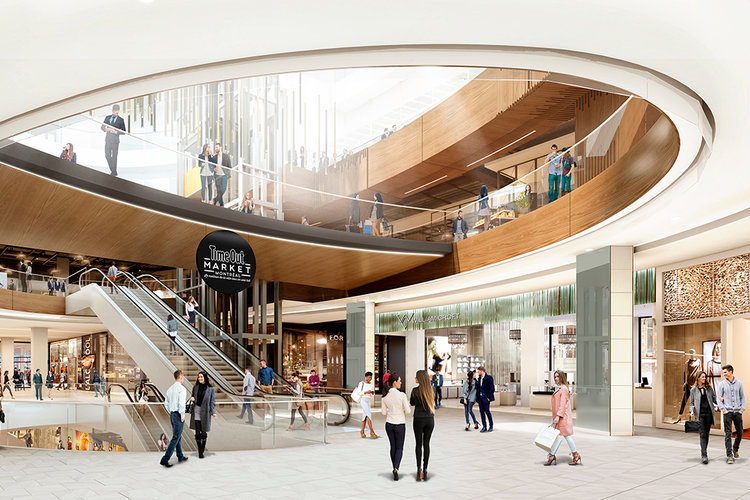
Vancouver is a bit late to the game in terms of opening food halls, and three are already confirmed for the downtown core as well as in the suburbs. Landlord QuadReal announced that it will be opening two food halls in Vancouver. One will be at it’s ‘The Post’ in downtown Vancouver, which will span more than 25,000 square feet at part of the redevelopment of the former Canada Post building that will also include a grocery store and other retail, as well as a substantial office tower component. Vancouver’s highly productive Oakridge Centre in the city’s West Side will see a spectacular overhaul over the next few years that will include new retail as well as residential and other components. It will also include ‘The Kitchen’, which will be a “world class” food hall spanning nearly 100,000 square feet over two levels.
Developer Shape’s ‘The Amazing Brentwood’ in suburban Vancouver, which will feature a mix of retail (including luxury), residential and office space, will also include a chef-driven food hall that will also include chain options, according to the developer.
CALGARY’S AVENIDA FOOD HALL PHOTO: AVENIDA FOOD HALL
CALGARY’S AVENIDA FOOD HALL PHOTO: AVENIDA FOOD HALL
CALGARY’S AVENIDA FOOD HALL PHOTO: AVENIDA FOOD HALL
In November of 2018, Retail Insider reported on the opening of Ottawa’s 10,000 square foot food hall called ‘The Queen St. Fare’. Included are six food counters as well as one central licensed bar. In downtown Winnipeg, the 25,000 square foot Hargrave St. Market will open in the fall on the second level of True North Square, and will include a range of unique food and beverage offerings as well as a 5,000 square foot gourmet grocery store on the ground floor. The area around Queen St. Fare has seen an increase in footfall following its opening, according to nearby businesses. Downtown Winnipeg could definitely benefit from anything that could increase foot traffic in the area — the core has struggled over the years with the closure of Eaton’s and Holt Renfrew, and with the future of the downsized Hudson’s Bay flagship being uncertain.
Will Canada eventually become saturated with food halls? Despite the rapid growth over the past two years, there is likely room for more. After all, humans eat food and food halls are considered to be experiential in nature. Millennials are said to be seeking out experiences and are increasingly preferring to spend money with friends as part of a social experience. The ‘Gen Z’ segment, which is in early adulthood, is statistically shown to seek out physical retail experiences over online shopping as is popular with the ‘Generation X’ demographic.
At the same time, in the United States, some are concerned that there may become an over saturation of food halls as developers race to build them. According to a report by Cushman & Wakefield, the United States is expected to have approximately 450 food halls open by the end of 2020. That’s up from 120 food halls in 2016. Herb Heiserman, Managing Principal at Streetsense, said that he doesn’t think that all 450 will succeed. In an interview with Bisnow, Mr. Heiserman said "I think there will be a lot of failures in there, and I think it will be related to the operating model."





He went on to say that he thinks that the first food halls in the United States to fail will be those where a landlord tries to “shoehorn” the concept into a vacant retail space that is less than ideal. That is, it can’t be a “filler” and “many more things have to come together”. That includes high foot traffic throughout the day that can make food halls become a natural community gathering place.
Canada doesn’t have nearly as many food halls as in the United States. Despite concerns of possible over saturation, many of Canada’s top shopping centres could eventually see the addition of food halls, and with great success. Canadian cities, particularly Toronto, Vancouver and Montreal, also boast vibrant downtown cores housing significant resident populations as well as workplaces and attractions — something less common these days in cities in the United States.
So far, the food hall experiment seems to be working in Canada. Food halls are creating foot traffic while drawing in consumers from a wider area and as a result, are creating community gathering places. Greg Taylor explained how at Mississauga’s Square One during the Toronto Raptors playoffs, many Raptors jerseys could be seen from those also attending nearby Celebration Square that had been dubbed ‘Jurassic Park West’. On rainy days before games, the Food District was packed — no doubt as a result of the food hall being enclosed.
The closure of Target and Sears Canada resulted in millions of square feet of real estate that had to be repurposed. At the same time, brokers and landlords say that it’s becoming more challenging to lease out retail space to traditional retail tenants. As well, the traditional department store anchor has been on the decline for decades. Will food halls be the new ‘anchor’ for malls? Given the success of the phenomenon so far, it appears to be likely.
Now located in Toronto, Craig is a retail analyst and consultant at the Retail Council of Canada. He's also the Director of Applied Research at the University of Alberta School of Retailing in Edmonton. He has studied the Canadian retail landscape for the past 25 years and he holds Bachelor of Commerce and Bachelor of Laws Degrees. He is also President & CEO of Vancouver-based Retail Insider Media Ltd. Email Craig: craig@retail-insider.com





























![Uniqlo Opens Massive Downtown Montreal Flagship as it Enters the Quebec Market [Photos]](https://images.squarespace-cdn.com/content/v1/529fc0c0e4b088b079c3fb6d/1603643563549-N7OOPD8K3JVF0G6DLGM0/UNIQ2.jpg)

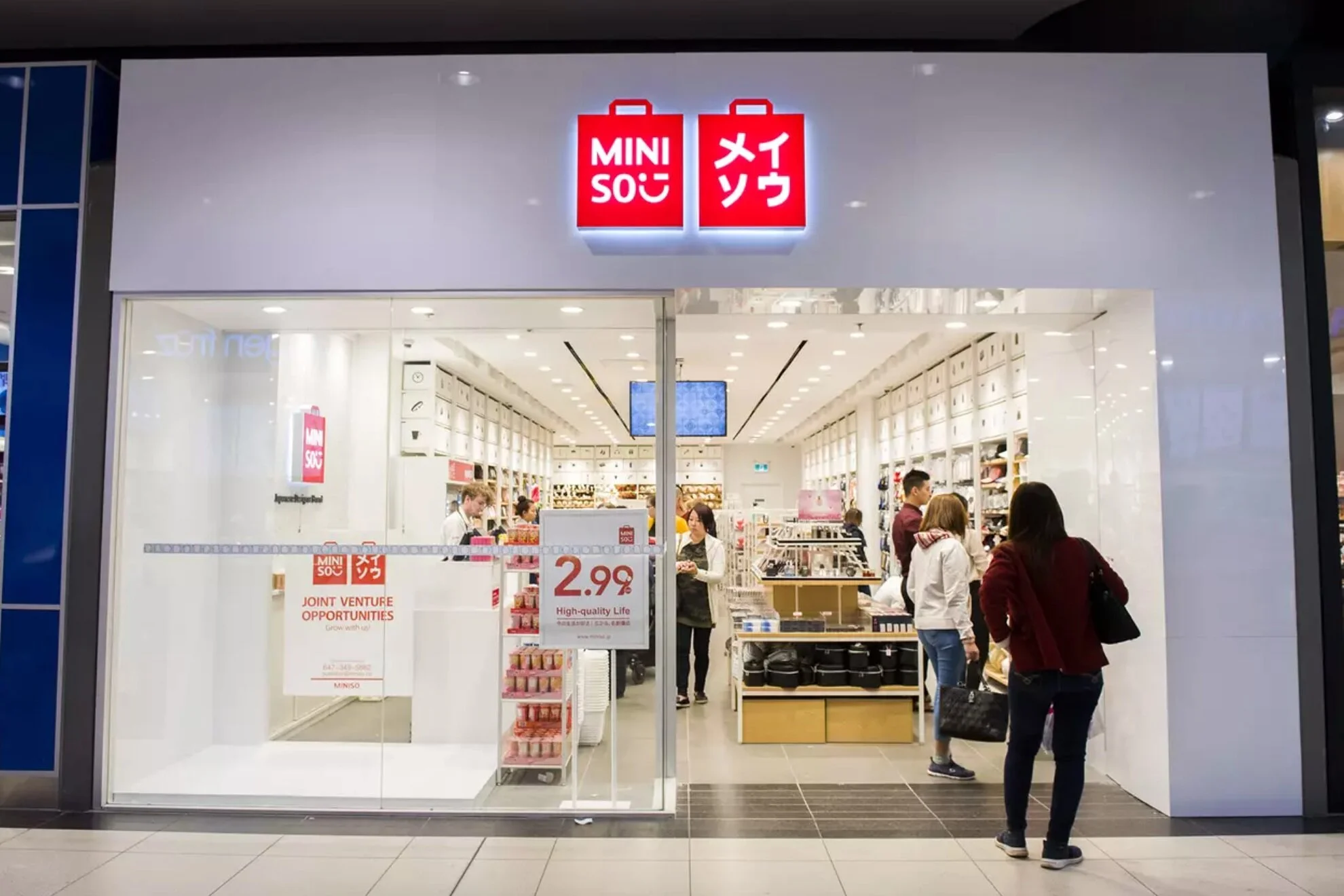
![Menswear Retailer ‘Ernest’ Unveils New Concept Store in Montreal Following Creditor Protection Filing [Photos]](https://images.squarespace-cdn.com/content/v1/529fc0c0e4b088b079c3fb6d/1602520699510-3I83BVKV8EOISK5JSSVF/IMG_8551.jpg)
![Louis Vuitton Opens Impressive Yorkdale Flagship Store in Toronto [Photos]](https://images.squarespace-cdn.com/content/v1/529fc0c0e4b088b079c3fb6d/1602002161060-J2L2MR58BPZEBMCAP507/Michael_Muraz_-_Louis_Vuitton_Yorkdale_01C.jpg)

![Retail-insider-NRIG-banner-300-x-300-V01-3[2].jpg](https://images.squarespace-cdn.com/content/v1/529fc0c0e4b088b079c3fb6d/1593476525034-QRWBY8JUPUYFUKJD2X9Z/Retail-insider-NRIG-banner-300-x-300-V01-3%5B2%5D.jpg)
![Retail-insider-NRIG-banner-300-x-300-V01-2[2].jpg](https://images.squarespace-cdn.com/content/v1/529fc0c0e4b088b079c3fb6d/1593476491497-W6OZKVGCJATXESC9EZ0O/Retail-insider-NRIG-banner-300-x-300-V01-2%5B2%5D.jpg)
![Retail-insider-NRIG-banner-300-x-300-V01-4[2].jpg](https://images.squarespace-cdn.com/content/v1/529fc0c0e4b088b079c3fb6d/1593476508900-TJG5SNQ294YNOCK6X8OW/Retail-insider-NRIG-banner-300-x-300-V01-4%5B2%5D.jpg)